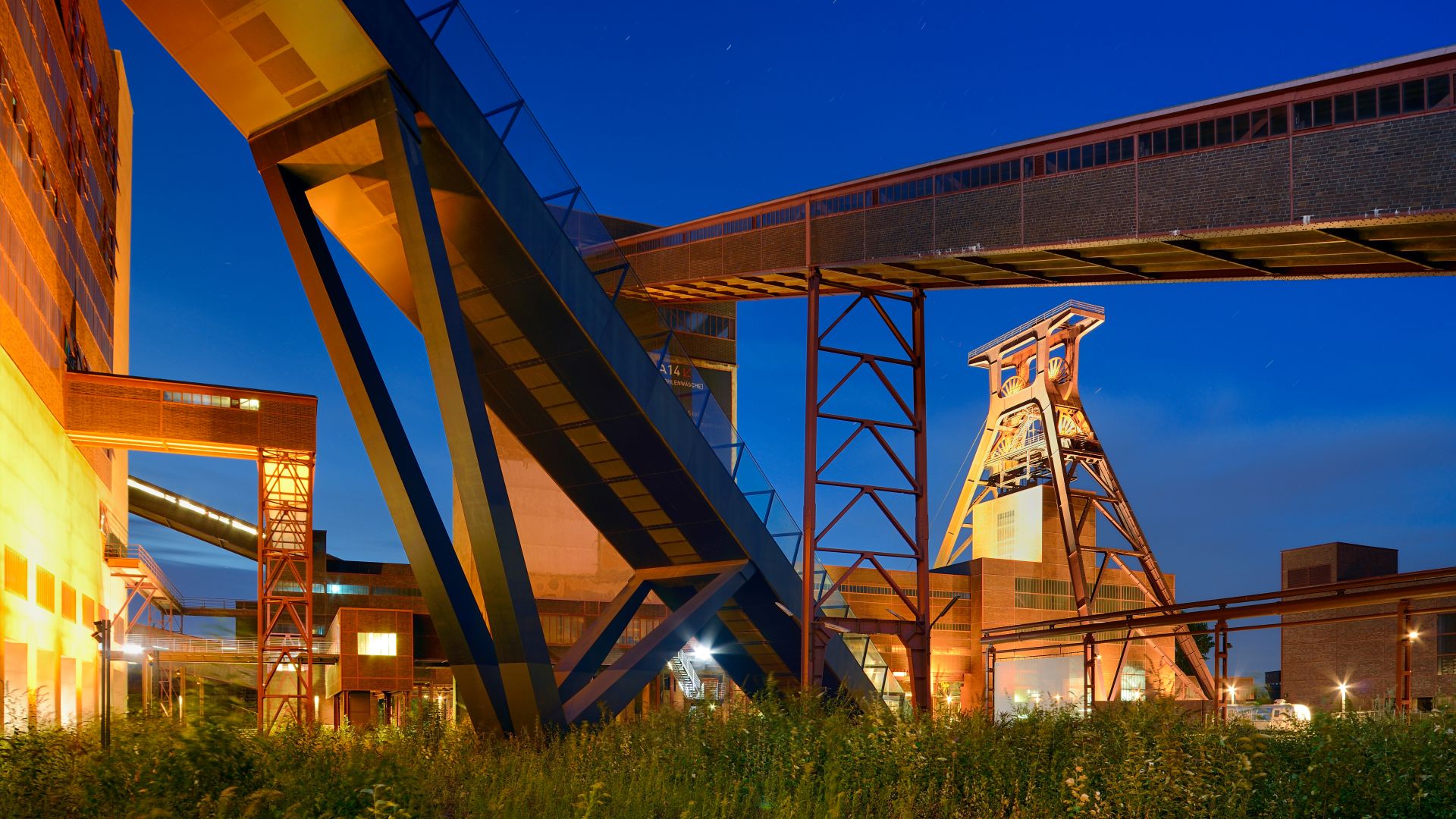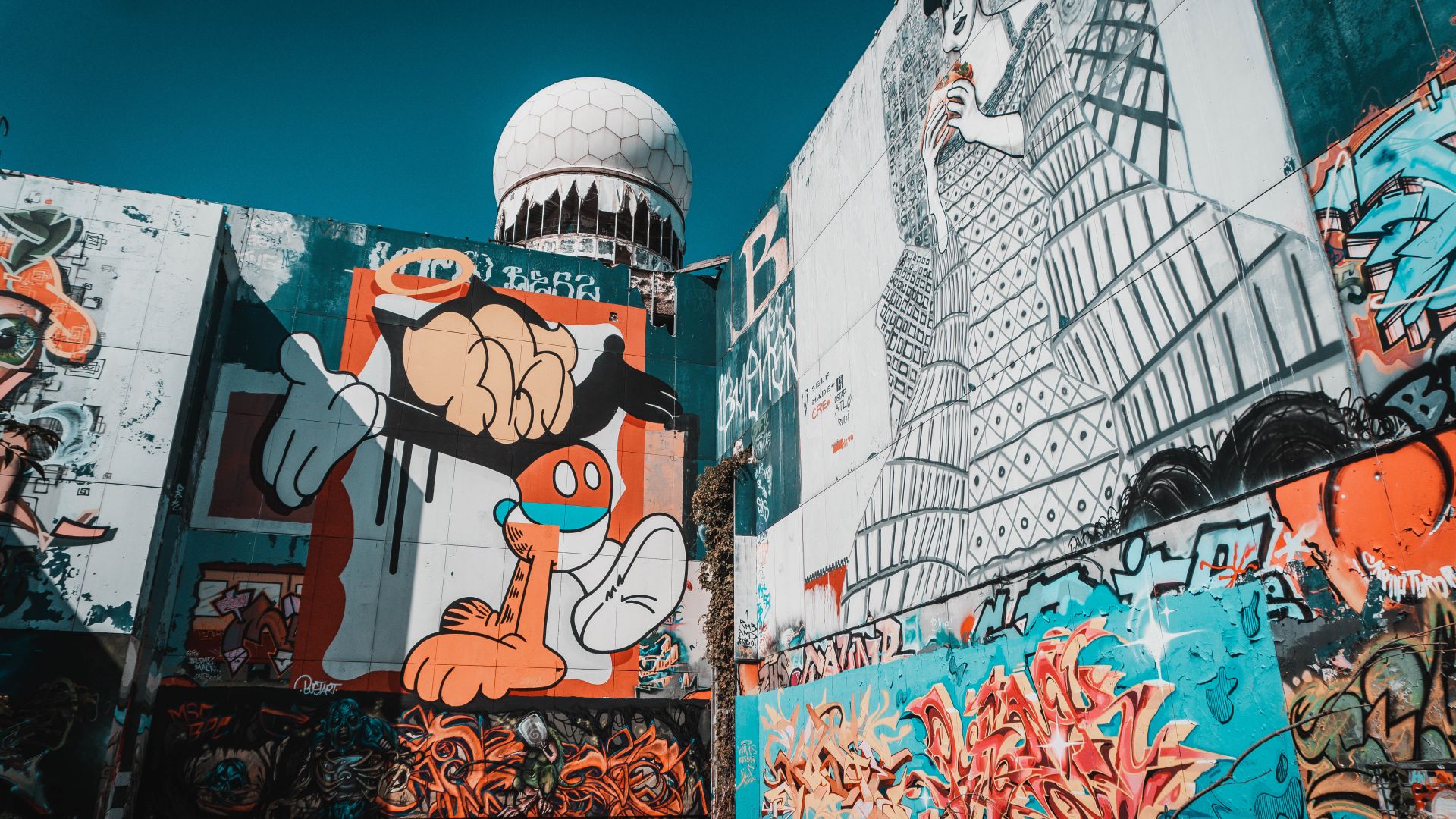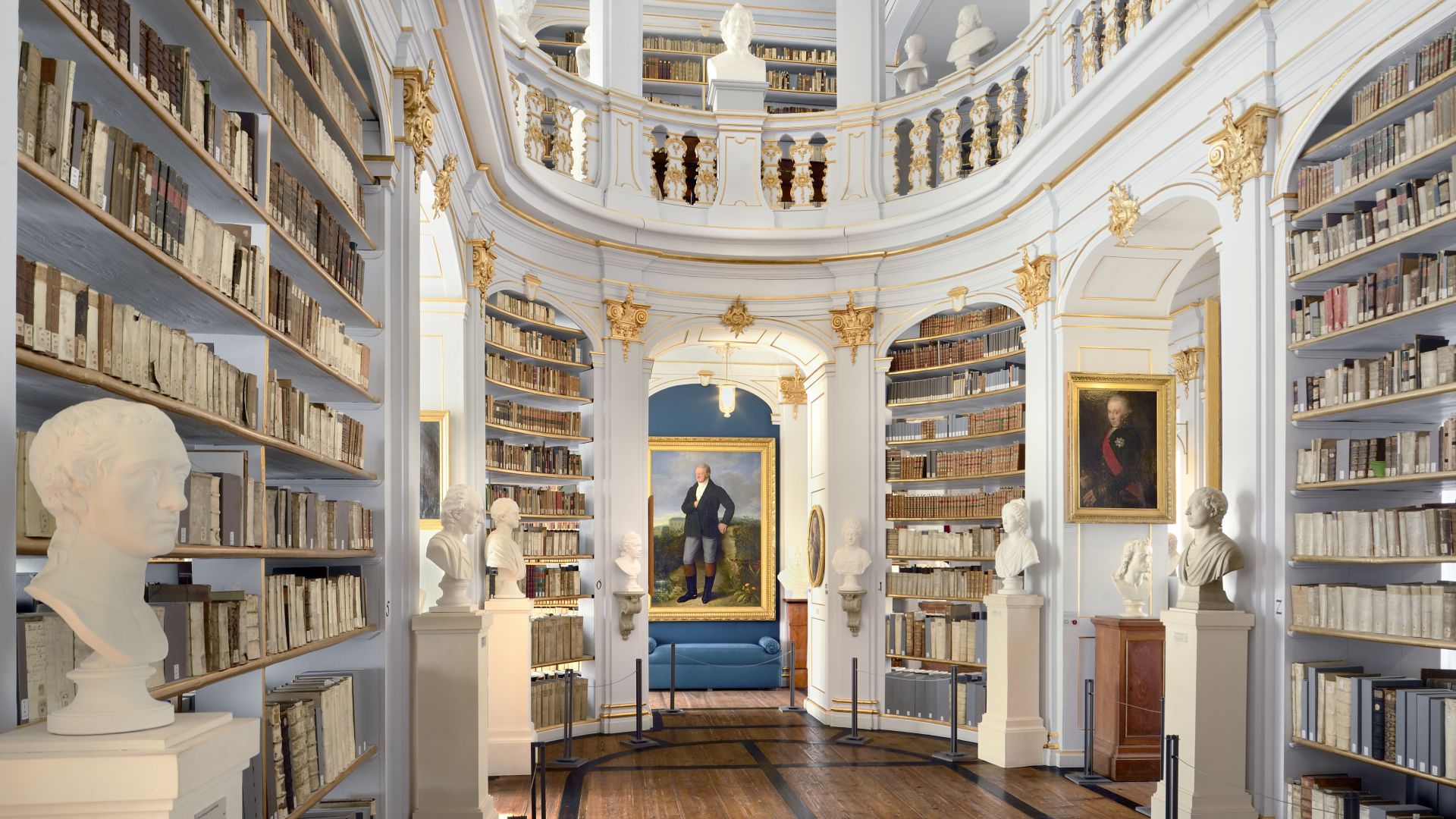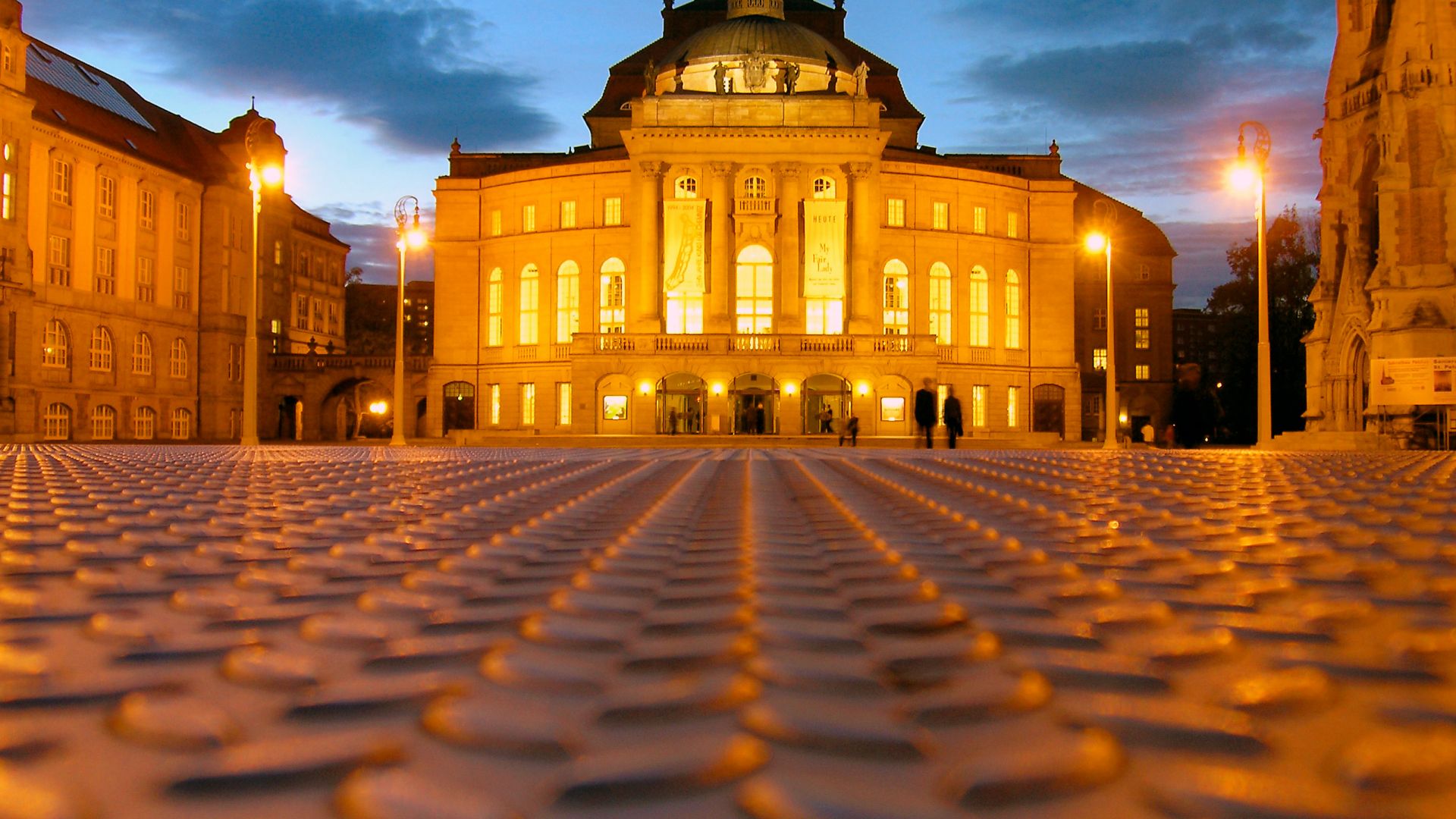[ad_1]
Since 1985, at least one, usually two or more EU cities have been in the cultural center for a year – often with high-profile exhibitions and art projects of all kinds.
Essen & Ruhr region: Coal follows culture

Essen: Zollverein Coal Mine, UNESCO World Heritage Site, Doppelbock winding tower, Industrial Heritage Route.
©DZT (Francesco Carovillano)
Mining, iron and plenty of coal – that’s what the Ruhr region stood for. Today the mines are closed and the industrial areas have been turned into parks, residential areas or cultural areas. This change, supported by the slogan “Change through culture – culture through change”, entered the European Capital of Culture in 2010. Also because for the first time the entire region had and this title, effectively a network of 52 cities and municipalities make up Germany’s largest urban area. However, one city was in charge: Essen. Several openings at that time also provided long-term excitement there, especially David Chipperfield’s new building of the modern Folkwang Museum and the Ruhr Museum in Zeche Zollverein, which stands as a reminder of the place. of the Ruhr. In addition, some creative areas that were specially supported at that time, where the development of cities should be done through culture, came into existence now. Since then, galleries, studios and pubs have created a creative atmosphere in Bochum’s Weststadt, as well as in Dortmund along Rheinische Straße and in Gelsenkirchen’s Ückendorf district.
Berlin: the capital of art and culture

Berlin: Art Street; Teufelsberg
©City of Donaueschingen (Michal Maj)
Berlin attracts creative people, artists, culture lovers and theatergoers more than any other city. Expressed in numbers: In the Spree Metropolis there are more than 170 museums, collections and memorials (most reminiscent of Jewish culture and the Nazi and GDR eras), 400 galleries, four opera houses and seven orchestras the growth of musical instruments, as well as the surrounding areas. 150 Theaters (including the Friedrichstadt-Palast, the largest theater in the world). Not to mention the many clubs and cultural venues. Seen in this light, many people rightly see Berlin as a permanent cultural city in Europe. In 1988 the town, although at that time it was “only” the western part, had this title officially. And it gave some inspiration: several theaters, such as the Hebbel Theater now known as “HAU”, received basic support. In addition, the European Film Award, birth name Felix, was established – an opinion at that time. Europe as a whole: Who would have thought that the motto of the cultural city “Berlin in the middle of Europe” would come true so quickly when the Wall fell in 1989?
Weimar: More than just classical music

Weimar: Rococo Hall in the Library of Anna Amalia, a UNESCO World Heritage Site
©DZT (Francesco Carovillano)
Goethe already spoke about his decades-long workplace: “Where else can you find so much beauty in a small place like Weimar?” This analysis is still valid almost 200 years later. There are eleven UNESCO World Heritage “Classic Weimar” ensembles that can be visited, not far from each other. This includes the legendary Library of Duchess Anna Amalia as well as the city palace and the houses of Goethe and Schiller. This edition alone, which showed Weimar’s importance as a center of science and culture in Europe in the 18th and 19th centuries. Century, would have been a sufficient argument for the selection of Capital of Culture in 1999. But the Thuringian city in Ilm was convinced by other arguments: on the one hand, by the promising development after the end the latter of the GDR era. On the other hand, Walter Gropius created the world-famous Bauhaus here, shown in the “Haus am Horn”, which was also declared a World Heritage site, and the new Bauhaus Museum Weimar. Finally, the House of the Weimar Republic sheds light on another project that was incredibly daring at the turn of the 20th century: Germany’s first democracy.
Chemnitz: Germany’s next top city

Chemnitz: Opera in the evening
©Chemnitzer Wirtschaftsförder- und Entwicklunggesellschaft mbH (CWE) (Wolfgang Thieme)
In 2025 it will be Germany’s turn to be European Capital of Culture again. The choice fell on Chemnitz. On the other hand, there are few cities in which industrial development and the era of Wilhelminian, Art Nouveau and Bauhaus, real socialism (keyword: Karl Marx’s contemporary city was built in a model city of socialism ) and postmodernism have left such different approaches there. therefore there is much to be said. On the other hand, the first “Saxon Manchester” may also have won because of the interesting concept “Invisible C”. Even if the final program is still being actively worked on, some of the basic concepts remain intact. For example, the Purple Path, an art path that will go through the entire cultural area in the anniversary year and highlight and restore art in public spaces. Furthermore, creative minds should be connected through a “culture of doing”. Bottom line: According to the plan, these sites will be made up of about 3,000 garages. “Avenue of Apple Trees” will be clearly found outside. Will it also pass the Karl Marx Monument or the Klaffenbach castle?
[ad_2]




